
It probably seems obvious, but watching movie series in the correct order is really important. Skipping installments can lead to confusion, as you might miss key plot points or character introductions that become significant later on. Generally, the easiest way to do this is to watch the movies as they were originally released – in theaters, on streaming, or however you can find them. It’s straightforward when the movies are numbered, like with the *Harry Potter* or *Mission: Impossible* films – they were made to be watched in that order!
Many popular movie franchises don’t have a clear, planned order. While you can watch the films as they were released, true fans often want to experience them in the correct timeline. Sorting out sequels, prequels, and films that fall in between can be confusing, so we’ve created a chronological order for you.
We’ve taken a look at ten popular movie franchises known for their confusing timelines. Some started simply but became increasingly complex, while others completely disregarded their original order. These series range from trilogies with unnecessary sequels to franchises that frequently change their own history. We’ve tried to clarify how everything connects and suggest the best way to watch them, but ultimately, it’s up to you to unravel the details!
The 10 Most Confusing Movie Franchise Timelines

Evil Dead
The *Evil Dead* franchise might appear simple at first, starting with Sam Raimi and Bruce Campbell’s low-budget horror film, *The Evil Dead* in 1981. The sequel upped the scare factor by essentially being a remake of the original. The third film took a surprising turn, becoming a medieval fantasy adventure with Ash and the Deadites. So, it’s not exactly a typical horror series.
In 2013, Fede Álvarez rebooted the franchise with a remake focused on intense gore, moving away from the original’s comedic elements. Then, *Evil Dead Rise* arrived in 2023, but it doesn’t fit neatly into the existing timeline. (And don’t even try to figure out where the *Ash vs Evil Dead* series fits in!) Perhaps this willingness to break the mold is why *Evil Dead* is one of the few long-running horror franchises without a truly bad installment. Just accept that it doesn’t always make sense.

The Fast and the Furious
If you’ve seen any of the *Fast & Furious* films, you probably know the timeline isn’t always straightforward. What started as a single movie with a couple of sequels grew into a huge franchise, simply because people enjoy watching fast cars and cool characters. The third movie, *Tokyo Drift*, really complicated things by taking place *after* the sixth film, but *before* the seventh. If you want to watch the movies in the correct order, it’s 1, 2, 4, 5, 6, 3, 7, 8, the *Hobbs & Shaw* spin-off, 9, and then 10. It’s a bit confusing, but that’s typical for a series that often brings characters back to life after they’ve been killed off!

Halloween
The *Halloween* franchise is famous for its incredibly complicated timeline. It began simply enough: Laurie Strode faced off against Michael Myers in the first *Halloween*, and their conflict continued in *Halloween II*, where a shocking family connection was revealed. *Halloween III: Season of the Witch* took a different direction, aiming to be the first in a series of standalone Halloween-themed horror stories. However, fans wanted more of Michael Myers, so the next three films focused on him hunting his niece and her son.
*Halloween H20: 20 Years Later* threw out most of that backstory, pretending the story continued directly after *Halloween II*. *Halloween: Resurrection* finished that storyline by killing off Laurie Strode, and then the franchise was rebooted again in 2007 with two films directed by Rob Zombie. In 2018, the series was *again* rebooted with a new *Halloween* film that served as a direct sequel to the original, ignoring everything that happened in between—including the family connection. Two more sequels followed, seemingly concluding the saga—at least for now.

Hellraiser
The *Hellraiser* series started simply enough, with the first few movies being direct sequels that continued the story. Things got complicated with the fourth film, *Hellraiser: Bloodline*, which jumped around in time – showing events in the past, present, and future – to explain the origins of the puzzle box and even tried to destroy Pinhead (yes, in space!). After that, six more films were made directly for home video, mostly without the involvement of the original creator, Clive Barker. These were largely produced just to keep the film rights active. Doug Bradley famously played Pinhead throughout the series, until the ninth film. Eventually, Barker regained the rights in 2020, and a new *Hellraiser* film – both a reboot and a sequel – was released on Hulu in 2022, with Jamie Clayton taking on the role of Pinhead. It’s been a twisted journey for this franchise!

Insidious
The *Insidious* movies can be confusing! The first two films follow a couple (Patrick Wilson and Rose Byrne) whose son is haunted by ghosts. However, *Insidious: Chapter 3* is a prequel, happening *before* the first two movies and focusing on a new family. *Insidious: The Last Key* fits in between the third and first films, telling another ghost story. Finally, *Insidious: The Red Door* is a direct sequel to the second film and brings back the original cast. To keep it straight, the order to watch them in is: *Chapter 3*, *The Last Key*, the first *Insidious*, the second *Insidious*, and then *The Red Door*.

The Mummy
The *Mummy* series is less about a confusing timeline and more about frequent restarts. It began with the 1932 original, followed by several sequels in the 1940s, including the comedic *Abbot and Costello Meet the Mummy*. After a long pause, the series was revived in 1999 with Brendan Fraser and Rachel Weisz in a new trilogy. While the sequels weren’t as popular, they spawned the *Scorpion King* spinoffs. A fourth film was planned but ultimately canceled, putting the series on hold again. In 2017, Tom Cruise starred in *The Mummy*, intended to relaunch the franchise and kick off a shared universe of Universal Monsters films – a plan that didn’t succeed. The series is now set for another reboot, scheduled for release in 2026.

Saw
The *Saw* movies stumbled when they killed off the main villain, John Kramer (Jigsaw), after only three films. Despite his death in *Saw III*, the series continued with *Saw IV*, introducing a convoluted plot where investigators solved puzzles on cassette tapes to understand Jigsaw’s final game. The next three movies focused on Mark Hoffman, Jigsaw’s partner, who pretended to be a police officer investigating the crimes.
The filmmakers initially planned to end the series with the seventh film, *Saw 3D*, in 2010. However, *Jigsaw* was released in 2017, featuring yet another imitator. Then came *Spiral: From the Book of Saw* in 2021, starring Chris Rock as a detective hunting a copycat killer. Finally, in 2023 with *Saw X*, the franchise went back to its roots, setting the story between the first two films and bringing the original Jigsaw back to life – something many fans likely wanted from the start.

Star Wars
Without its incredible popularity, the *Star Wars* franchise would likely be considered a mess of unplanned sequels. The original film wasn’t intended to launch a series, but it did – and a massive one at that. Three movies became six, then nine, a pace even the *Halloween* series wouldn’t try! But that’s still not the whole story. Between those films, the studio created numerous prequels, sequels, and spin-offs, eager to profit from the world’s most famous sci-fi universe. Beyond the nine “Skywalker Saga” films, there are movies like *Rogue One* and *Solo*, plus a whole slate of future projects – and we haven’t even begun to untangle all the TV shows!

Terminator
For a long time, the *Terminator* movies kept their timelines relatively straightforward, despite involving time travel. The original films featured characters from the future traveling to the past to protect people from dangerous robots. However, the series became increasingly complex. *Terminator 2* actually takes place *before* the first *Terminator* movie, and *Terminator 3* and *Terminator Salvation* happen after *T2*. Then *Terminator Genisys* came out, essentially restarting the series and ignoring everything that came after the original film, using complicated time travel rules to create a new version of the past. *Terminator: Dark Fate* tried something similar, picking up the story right after *T2* and disregarding all the movies released since, including *Genisys*.
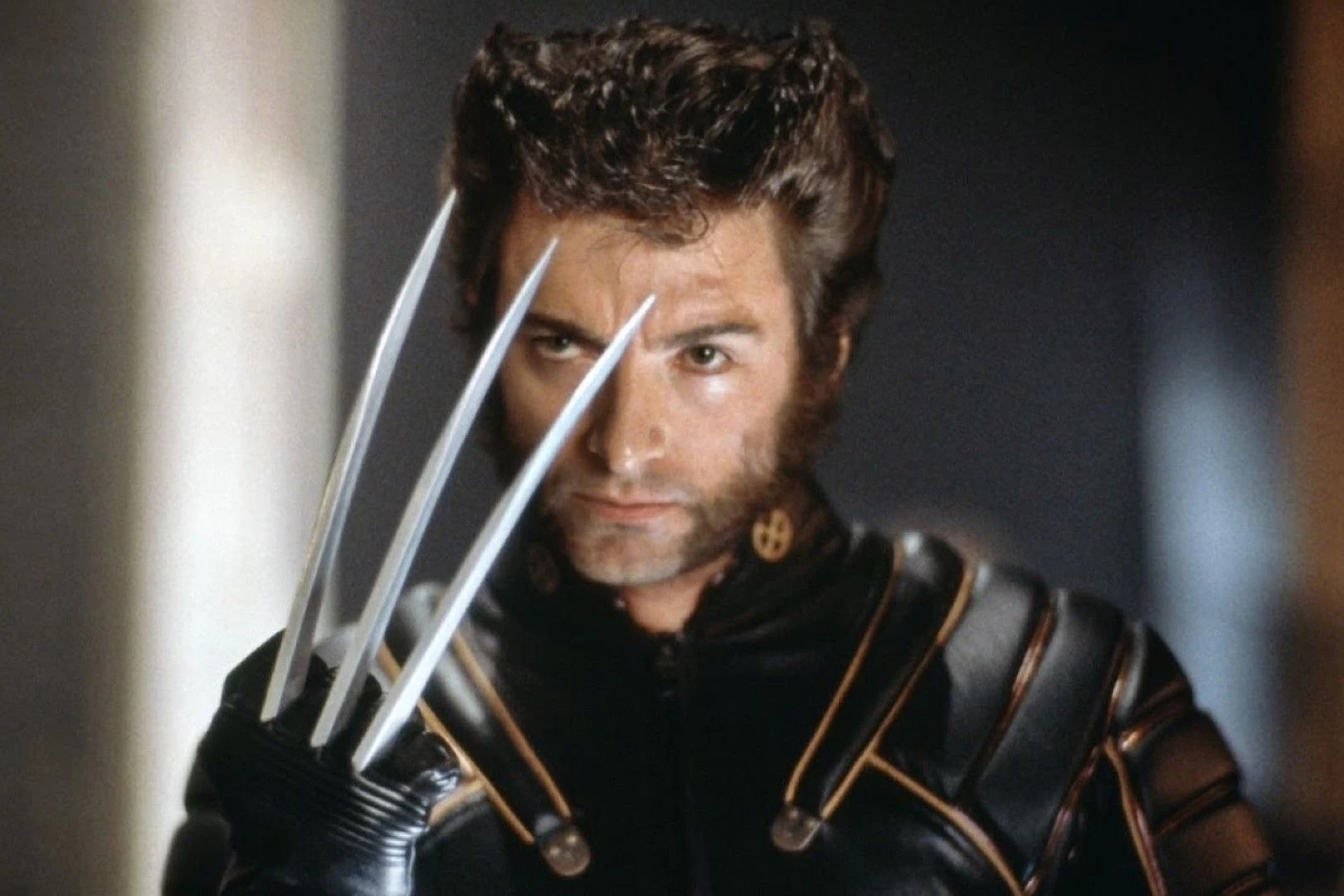
X-Men
The *X-Men* movies can be confusing because the timeline is complicated! It began with the original trilogy (2000-2006), followed by three *Wolverine* films that told his origin story and connected to the main *X-Men* series. At the same time, a series of *X-Men* prequels started with *X-Men: First Class*, showing how Professor X and Magneto met and their relationship developed. This prequel series continued with *Days of Future Past*, *Apocalypse*, and *Dark Phoenix*, featuring younger versions of the characters we first saw in the original trilogy. *Deadpool* and *The New Mutants* are also part of this universe, but now that Disney owns everything, it’s unlikely any of this will be considered official canon going forward.
10 Times Suspiciously Similar Films Came Out at the Same Time
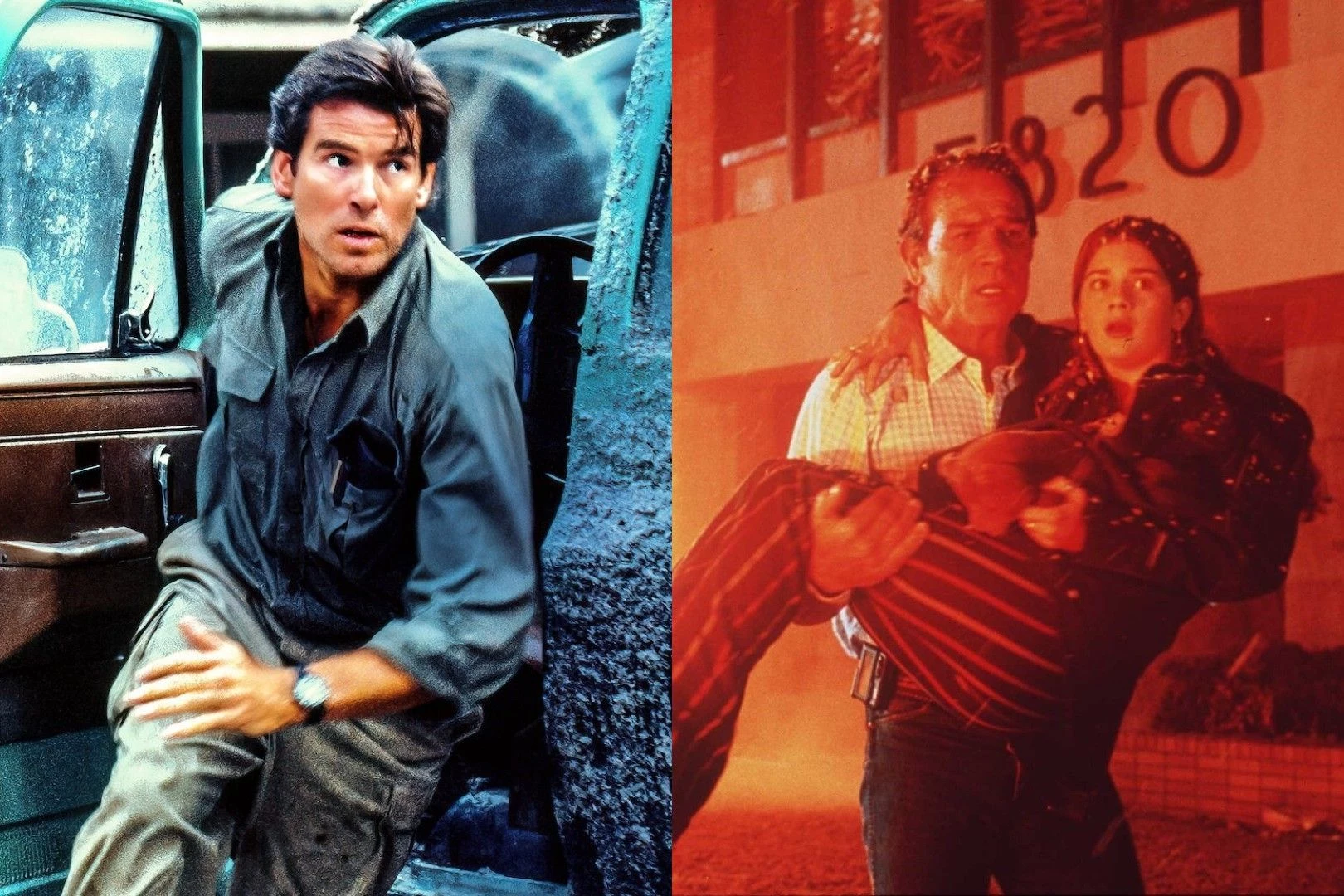
Dante’s Peak and Volcano (1997)
It’s easy to mix up the 1997 disaster movies *Dante’s Peak* and *Volcano*. Both are action-packed dramas about volcanic eruptions threatening cities, and they both starred major actors of the time. Many people have likely debated which events happened in each film!
*Dante’s Peak*, featuring Pierce Brosnan and Linda Hamilton, tells the story of a town threatened by a volcano waking up after centuries. It hit theaters just weeks before *Volcano*, which stars Tommy Lee Jones trying to prevent Los Angeles from being destroyed by a volcanic event linked to the La Brea Tar Pits. To help you remember, *Dante’s Peak* includes a memorable scene of a woman running through an acidic lake, while *Volcano* famously advertised itself with the tagline, “THE COAST IS TOAST.” Hopefully, that clarifies things!
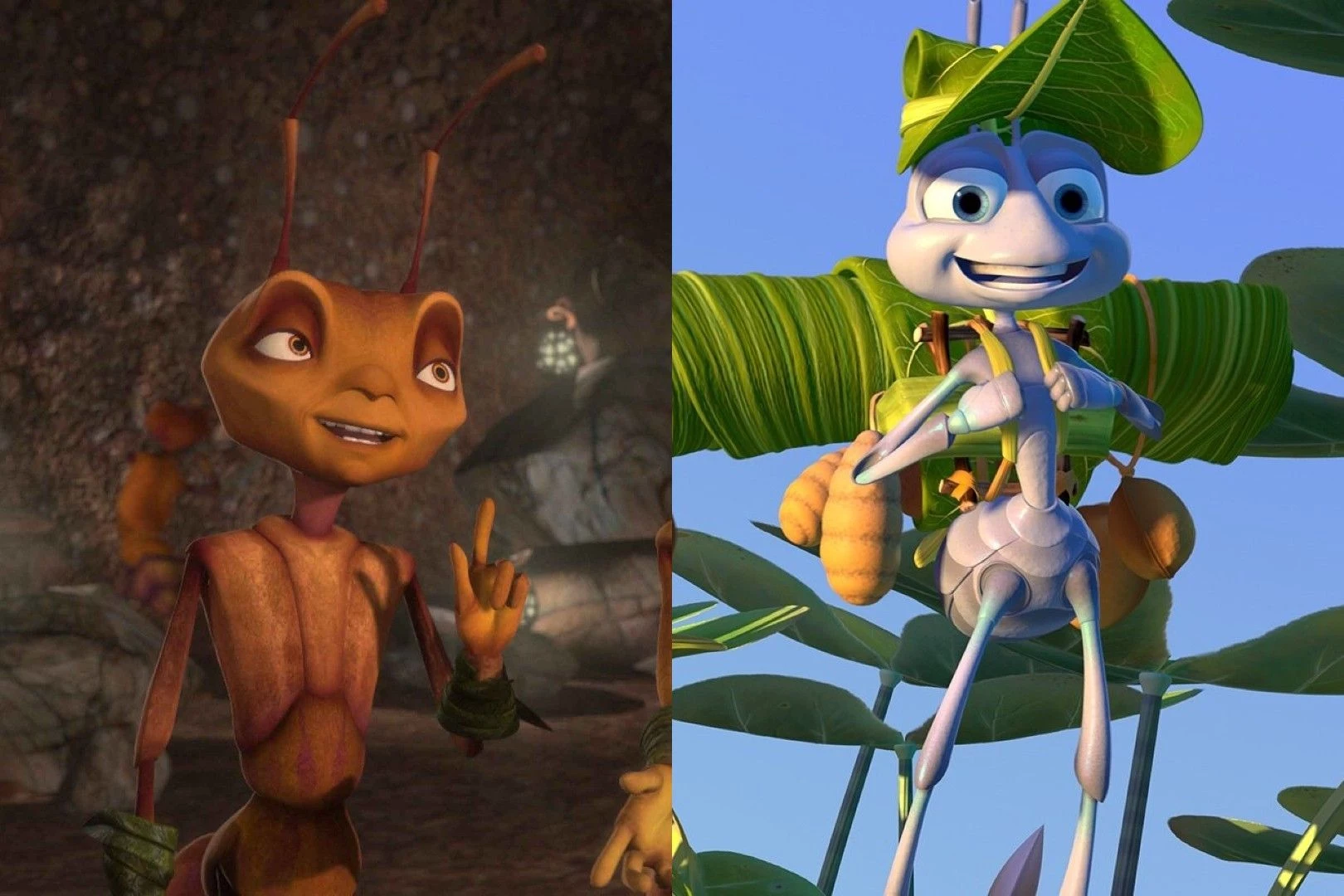
Antz and A Bug’s Life (1998)
Two animated movies about bugs, *Antz* and *A Bug’s Life*, both tell the story of a common worker ant who tries to save his colony and win the princess’s heart. Both films involve a threat – a never-ending war with termites in *Antz*, and enslavement by grasshoppers in *A Bug’s Life*. There’s a lot of speculation that these similar plots weren’t accidental. The story goes that after a disagreement with Disney and starting his own animation studio, DreamWorks, Jeffrey Katzenberg scheduled *Antz* – which had a very similar storyline to Pixar’s *A Bug’s Life* – for release in the same year. It’s a complicated situation, but many believe Katzenberg intentionally created a rival film after leaving Disney.

Armageddon and Deep Impact (1998)
Both *Deep Impact* and *Armageddon* feature a comet headed for Earth, but that’s where their similarities end. *Armageddon* tells a lighthearted story about ordinary workers unexpectedly becoming astronauts to save the world, while *Deep Impact* is a more somber film focusing on human relationships amidst impending doom. Ultimately, *Armageddon*’s energetic, action-packed approach and focus on heroic masculinity proved more popular than *Deep Impact*’s emotionally resonant, but ultimately bleak, portrayal of the same disaster.

Saving Private Ryan and The Thin Red Line (1998)
Though both released in 1998 and set during World War II with incredible casts, *Saving Private Ryan* and *The Thin Red Line* are remarkably different films. *Saving Private Ryan* is a classic, action-packed rescue mission set in France, designed to thrill audiences. *The Thin Red Line*, on the other hand, is a slower, more contemplative look at the brutal fighting on Guadalcanal in the Pacific. It’s unusual to see two filmmaking masters, Steven Spielberg and Terrence Malick, tackle similar themes with such distinct styles.

Run Lola Run and Sliding Doors (1998)
Both *Sliding Doors* and *Run Lola Run*, released in the same year, explore what happens when life takes different turns. *Sliding Doors* is a romantic comedy-drama about a woman’s life depending on whether or not she catches a train. *Run Lola Run*, a German action film, is far more fast-paced and feels like a video game, showing a woman repeatedly trying to get money to save her boyfriend, with each attempt restarting after failure. Though neither film is strictly supernatural, despite showing events from multiple timelines and hinting at strange occurrences, they aren’t typical dramas either. Both creatively experiment with storytelling, demonstrating how different perspectives and cinematic techniques can alter the course of events.

The Matrix and The Thirteenth Floor (1999)
Around the year 2000, there was widespread concern about technology. In reality, people feared the Y2K bug would devastate the global economy, which relied heavily on computers. In movies, the worry was that computers would become too powerful and take control of our lives. Most people know *The Matrix* tells the story of a man who learns he and humanity are living in a computer simulation powered by their bodies. However, *The Thirteenth Floor*, another film exploring the creation of a simulated world where people are unaware of their artificial existence, has largely been forgotten. While *The Matrix* became a huge franchise, both films capture the anxieties of a changing world at the start of a new millennium.

Entrapment and The Thomas Crown Affair (1999)
Released just months apart in 1999, *Entrapment* and *The Thomas Crown Affair* both feature charismatic thieves—played by actors famous for playing James Bond—who find themselves attracted to the insurance agents trying to catch them. While these films didn’t launch a trend of art-thief movies, they perfectly capture a fun, stylish, and romantic type of action movie that studios largely stopped producing after the year 2000. One boasts Catherine Zeta-Jones expertly dodging lasers, while the other features a memorable scene with dozens of men dressed as a Magritte painting in a museum. These films are a unique product of their time.
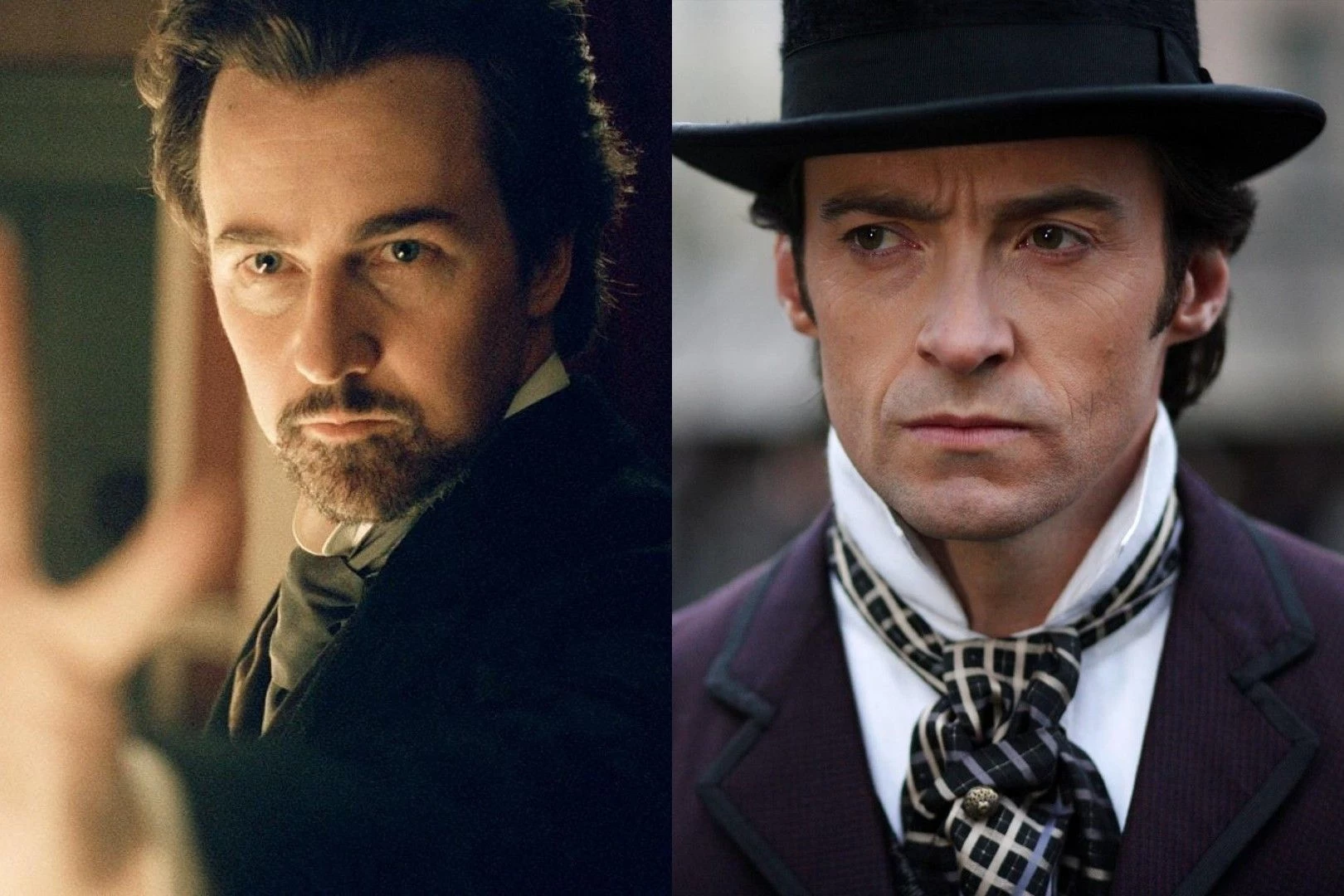
The Illusionist and The Prestige (2006)
Back in late 2006, it seemed like every movie studio was making films about magicians from the past. Two movies, Neil Burger’s *The Illusionist* and Christopher Nolan’s *The Prestige*, came out just two months apart and were remarkably similar – so similar, in fact, that it was easy to wonder if the directors had copied each other. However, *The Illusionist* is actually based on a short story by Stephen Millhauser, while *The Prestige* comes from Christopher Priest’s complex novel of the same name. While they share a lot of similarities, the films are distinct: *The Illusionist* tells the story of a magician who uses illusions to get revenge on a prince who killed his love, and *The Prestige* is a non-linear, puzzling tale about two rival magicians constantly trying to outdo each other.

Friends with Benefits and No Strings Attached (2011)
Back in 2011, everyone seemed to be picking sides between two similar romantic comedies: *Friends with Benefits* and *No Strings Attached*. It felt like a big decision at the time! Both movies followed the same basic idea: a man and a woman try to have a casual relationship without falling in love. Interestingly, both films were originally titled *Friends with Benefits*. Paramount Pictures, the studio behind one of the movies, even tried to protest the other film’s existence! Eventually, the director of the second movie, Ivan Reitman, changed its title to *No Strings Attached* to avoid confusing audiences.
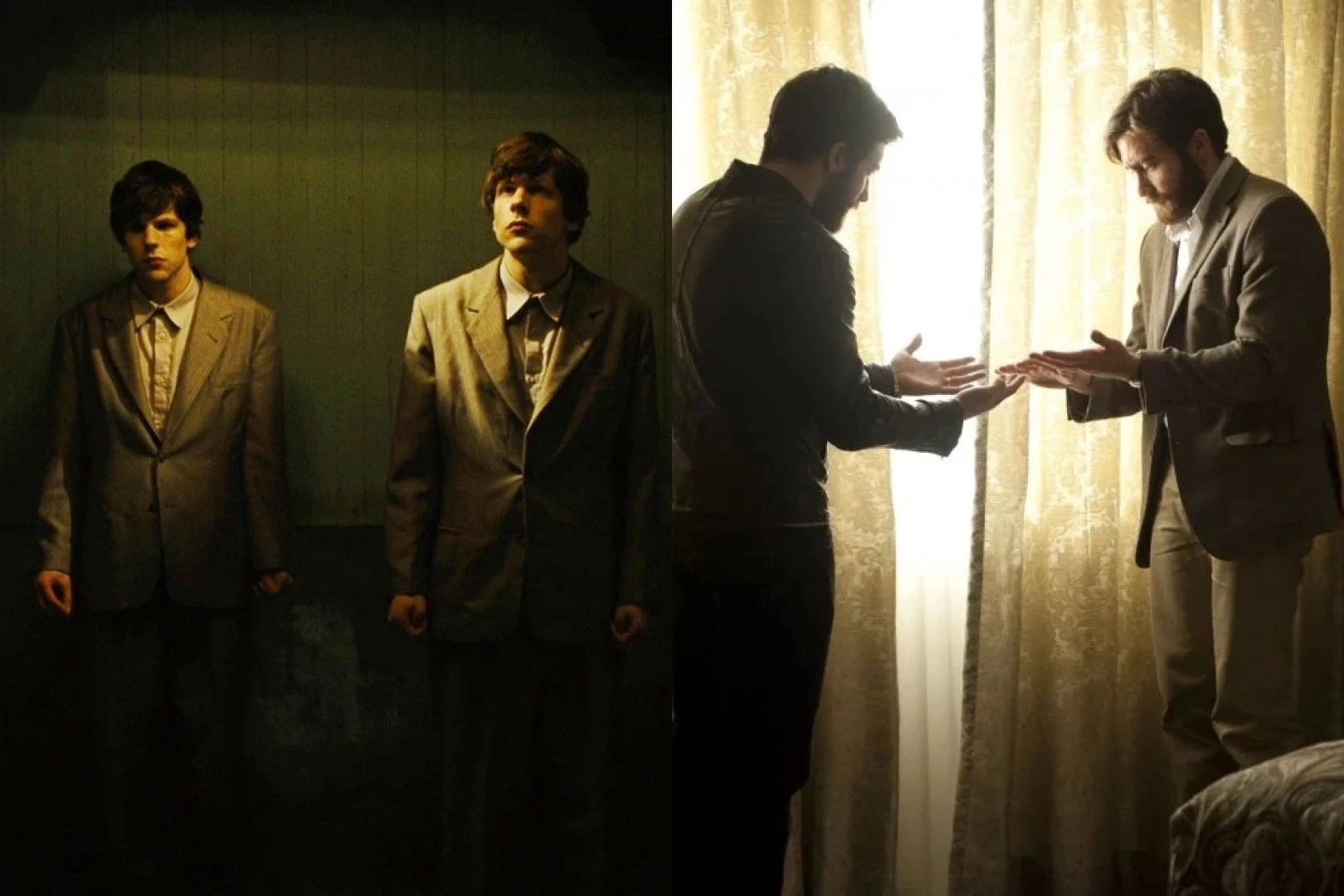
The Double and Enemy (2013)
It’s strangely coincidental that two films featuring men encountering their exact look-alikes came out in the same year. While that’s where the similarities end, it’s still a creepy idea. Richard Ayoade’s *The Double*, adapted from a story by Fyodor Dostoyevsky, stars Jesse Eisenberg as a downtrodden office worker who’s stunned when his boss hires a man who looks just like him – but is much more confident and successful. *Enemy*, directed by Denis Villeneuve, is based on a novel by José Saramago, also titled *The Double* (though it’s a different story than the previous film). It stars Jake Gyllenhaal as two identical-looking men who, like in *The Double*, have very different personalities. Both films present a distorted version of reality, but *The Double* is a dark comedy, while *Enemy* is unsettling and dreamlike.
Read More
- Золото прогноз
- Доллар обгонит бразильский реал? Эксперты раскрыли неожиданный сценарий
- Йена обгонит южнокорейскую вону? Эксперты раскрыли неожиданный сценарий
- Bitcoin сражается с отметкой в $107 000: прорвется ли он или просто посмеется?
- Доллар обгонит гривну? Эксперты раскрыли неожиданный сценарий
- Прогноз криптовалюты XDC: прогнозы цены XDC
- Фунт обгонит рубль? Эксперты раскрыли неожиданный сценарий
- Серебро прогноз
- Прогноз нефти
- Disney Announces Soarin Across America for Disneyland and EPCOT in 2026
2025-10-17 17:30